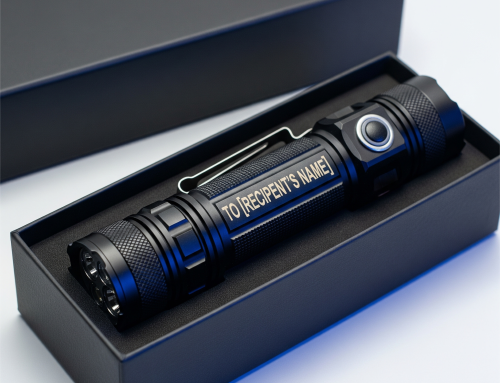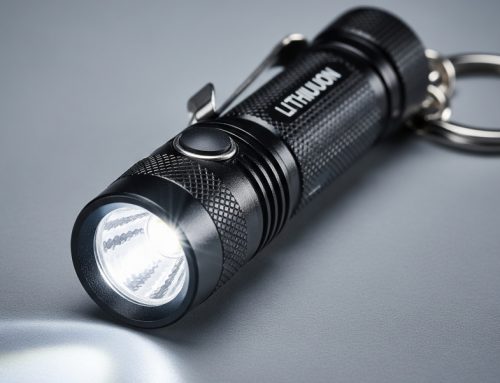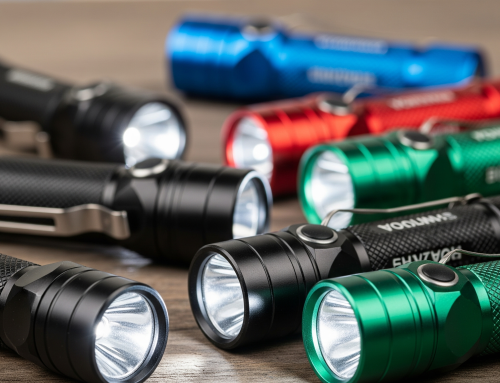Regarding the tactical flashlight, the concept is rather vague, but in short it can be summarized as a flashlight capable of quick combat (response). Compared with ordinary flashlights, tactical flashlights have more stringent requirements on light brightness, durability, safety and stability, etc. Of course, the most important thing is to be easy to operate and be able to respond quickly to emergencies. Therefore, the flashlight operation must be simple, clear and clear.

Which LED flashlight is good?
- The tactical flashlight is designed to have multiple light modes, mainly for the following reasons:
Multifunctional requirements: Different usage scenarios and tasks may require different brightness, different flashing methods or special functions. For example, the high brightness mode is suitable for long-distance lighting, the low brightness mode is suitable for saving energy or keeping a low profile, the flash mode can be used as an emergency signal, etc. Provide a variety of lighting modes to meet the diverse needs of users in different situations.
Energy Management: Lighting modes with different brightness consume energy in different degrees. By providing different brightness modes, users can choose the appropriate brightness according to actual needs, prolong battery life and avoid energy waste.
Response in emergency situations: Some special modes such as SOS flash mode or instant flash mode can attract the attention of others or send a distress signal in an emergency, providing additional security.
Concealment and ease of operation: Some tactical flashlights have stealth modes, such as dim light or red light modes, to reduce the risk of being discovered by others. In addition, the design of multiple lighting modes can be switched through simple operations to provide a more convenient use experience.
To sum up, the design of multiple light modes aims to provide more functional options, energy management, respond to emergency situations and meet concealment requirements, and enhance the practicality and adaptability of tactical flashlights.
tactical strong light flashlight
- Tactical flashlights usually have multiple light modes, and the specific number and types may vary with different brands and models. Here are some common light patterns:

High brightness mode: Provides the maximum brightness of the beam, suitable for situations that require long-distance lighting or stronger lighting.
Mid-Brightness Mode: Provides a medium-brightness beam that can be used for general lighting needs and prolongs battery life.
Low brightness mode: Provides a lower brightness beam, suitable for occasions that need to save energy or require softer lighting.
SOS flash mode: Flash the beam at fixed intervals for emergency assistance or to send out a distress signal.
Momentary Flash Mode: Quickly flashes the light beam, which can be used to attract attention or as an emergency signal.
Stealth mode: usually refers to dark light or red light mode, which can reduce the risk of being noticed by others, and is suitable for night operations or tasks that require keeping a low profile.
In addition, some tactical flashlights may also have functions such as adjustable focal length and changing beam shape to meet the needs of different scenarios. Note that specific models and brands of flashlights may have different light mode settings and functions.



